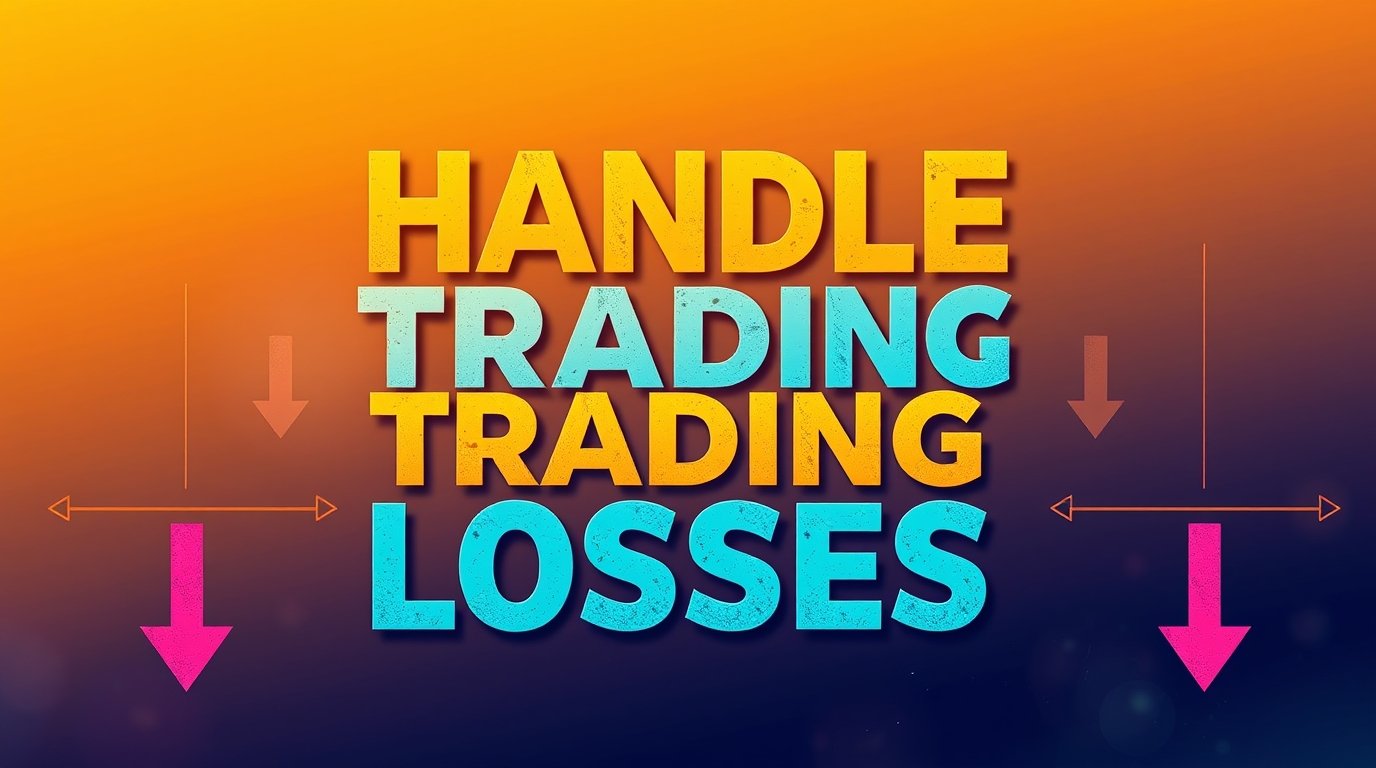In this blog post, I want to recap a recent trading day where I lost about $10,000. More importantly, I want to discuss the crucial aspects of handling trading losses and how to overcome them. Losses are a part of the game, and understanding how to manage them is essential for becoming a successful trader.
Recap of the Trading Day
On this particular day, I started with high hopes and even saw some initial gains. At one point, I was up over $5,000, but by the end of the day, I walked away with a $10,000 loss. This drastic turn of events was due to several mistakes, which I’ll break down for you.
1. Overtrading: The concept of overtrading kicked in when I lost $5,000 on one trade. Every subsequent trade, where I lost smaller amounts like $300 or $500, felt insignificant compared to the initial big loss. This led me to continuously dig a deeper hole.
2. Ignoring My Trading Plan: Initially, I had a solid plan, but I deviated from it, leading to my downfall. I didn’t take profits when I should have and kept hoping for a bigger move, which never materialized.
Handling a Big Trading Loss
1. Step Away: After experiencing a significant loss, it’s crucial to step away from the screen. Take a break, clear your head, and avoid making impulsive decisions.
2. Analyze and Reflect: At the end of the day, go back to your charts and analyze where you went wrong. Write down your thoughts, review each trade, and understand your mistakes.
3. Meditate and Reset: Meditation can help clear your mind and reset your focus. A clear mind is essential for making rational decisions in trading.
4. Size Down: When you return to trading after a big loss, start with smaller positions. This helps build momentum and confidence without taking on excessive risk.
Example of a Bad Trading Day
I want to show you a specific example from my trading day with Tesla. Here are my entry and exit points and the mistakes I made:
1. Entry and Exit Points:
- First Trade: Entered at 9:33 with 30 contracts. Initially up but failed to take profits and ended up taking a loss.
- Second Trade: Entered at 9:49 with 10 contracts. Bad entry and another loss.
- Third Trade: Entered at 9:55 with 10 contracts. Finally made some gains but not enough to cover previous losses.
2. Mistakes Made:
- Over-Sizing: Entered with too many contracts without strong confirmation.
- Emotional Trading: Allowed previous losses to affect my decision-making.
- Holding Too Long: Failed to exit at the right time, leading to bigger losses.
Tips for Managing Trading Losses
1. Don’t Chase Losses: Focus on trading opportunities rather than trying to make back lost money. Chasing losses often leads to bigger mistakes.
2. Avoid Looking at P&L: When trading, avoid constantly checking your Profit and Loss. Instead, focus on executing your strategy.
3. Journal Your Trades: Keep a detailed journal of your trades, including entries, exits, and thought processes. Reviewing this can help identify patterns and areas for improvement.
4. Understand Your Mindset: Recognize the psychological aspect of trading. Understand how your mind reacts to losses and develop strategies to manage those reactions.
Conclusion
Handling trading losses is a crucial skill for any trader. By stepping away, reflecting, meditating, and sizing down, you can recover from a bad trading day and come back stronger. Remember, mistakes are part of the learning process. The key is to learn from them and continuously improve.
FAQs
Q1: How do I avoid overtrading?
Set clear limits on the number of trades you take each day. Stick to your trading plan and avoid making impulsive decisions after a big loss.
Q2: Why is it important to size down after a big loss?
Sizing down helps you manage risk and rebuild confidence without taking on excessive risk. It allows you to get back into the market gradually.
Q3: How can I improve my emotional control in trading?
Meditation, journaling, and having a solid trading plan can help improve emotional control. Recognize your psychological triggers and develop strategies to manage them.
Q4: What should I include in my trading journal?
Include your entry and exit points, thought processes, reasons for taking the trade, and any mistakes made. Reviewing this information can help identify patterns and areas for improvement.

